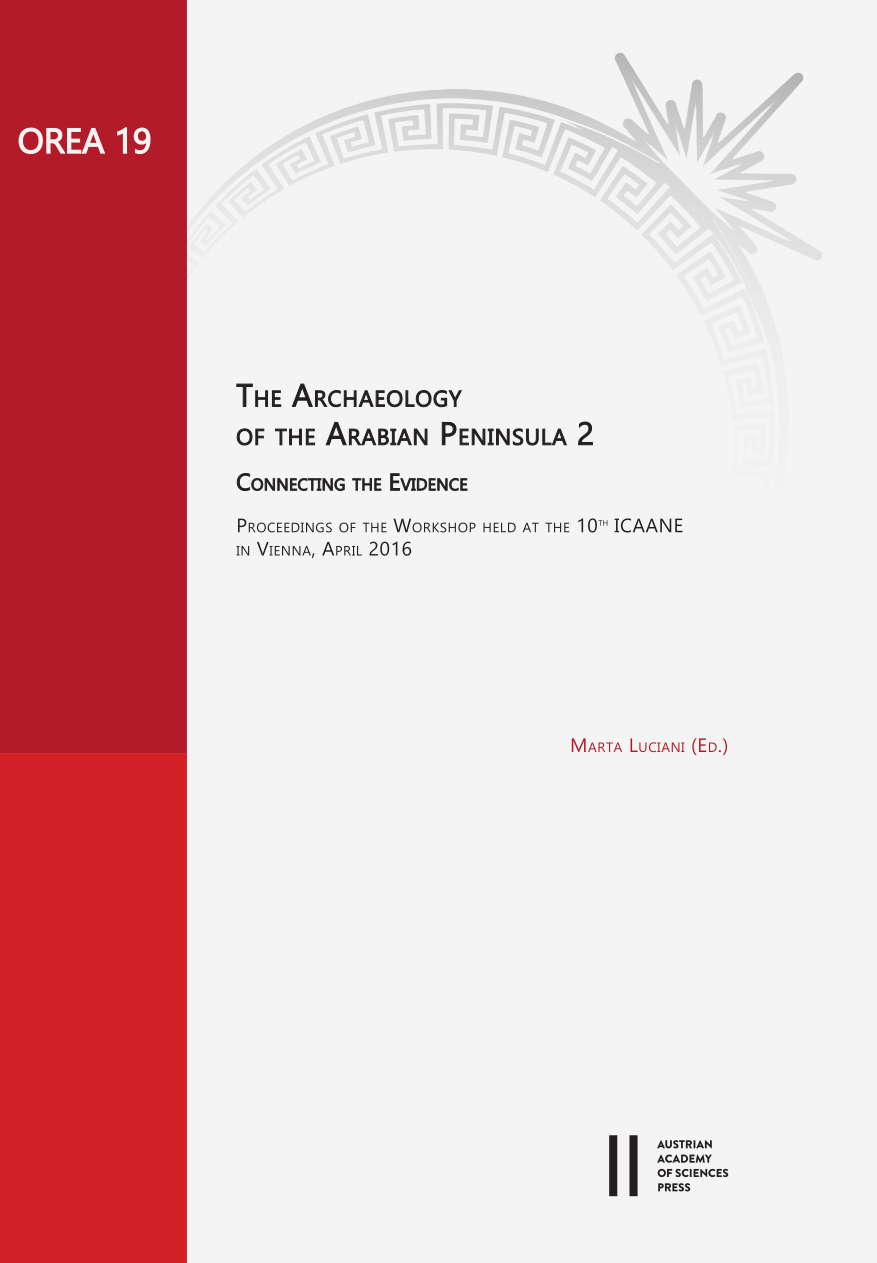
The Archaeology of the Arabian Peninsula 2, pp. 15-42, 2021/12/20
Connecting the Evidence. Proceedings of the International Workshop held at the 10th International Congress on the Archaeology of the Ancient Near East in Vienna on April 25, 2016
Wadi Sharma 1 is a small Neolithic settlement at the north-western corner of the Arabian Peninsula. Ourrecent excavations have revealed some 60 ground- or semi-subterranean-type masonry structures, which were connectedto each other to form an elongated settlement with a total area of c. 0.1ha. The settlement was poor in materialculture and small finds centred around chipped stone artefacts, grinding implements and seashell/snail ornaments.The small settlement size and the scarcity of artefact variety, coupled with the custom of temporary entrance sealingattested throughout the settlement, suggest that the outpost-size settlement was used only on a seasonal basis. A total often 14C dates converge equally on the second half of the 8th millennium calBCE, indicating that the seasonal settlementdates back to the Late PPNB (Pre-Pottery Neolithic B) of the Levantine chronology. The site is the first fully-excavatedPPNB settlement in the Arabian Peninsula and is expected to shed new light on the issue of the Neolithisation in thetrans-Levantine arid subcontinent. This paper summarises the research outcomes at the key site and briefly discussestheir archaeological implications in a broader context.
Keywords: Wadi Sharma 1; Hijaz; Saudi Arabia; PPNB; Neolithisation